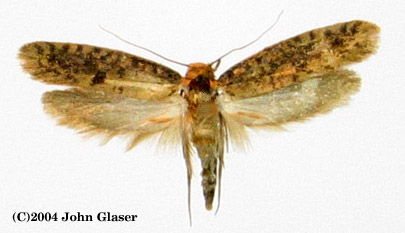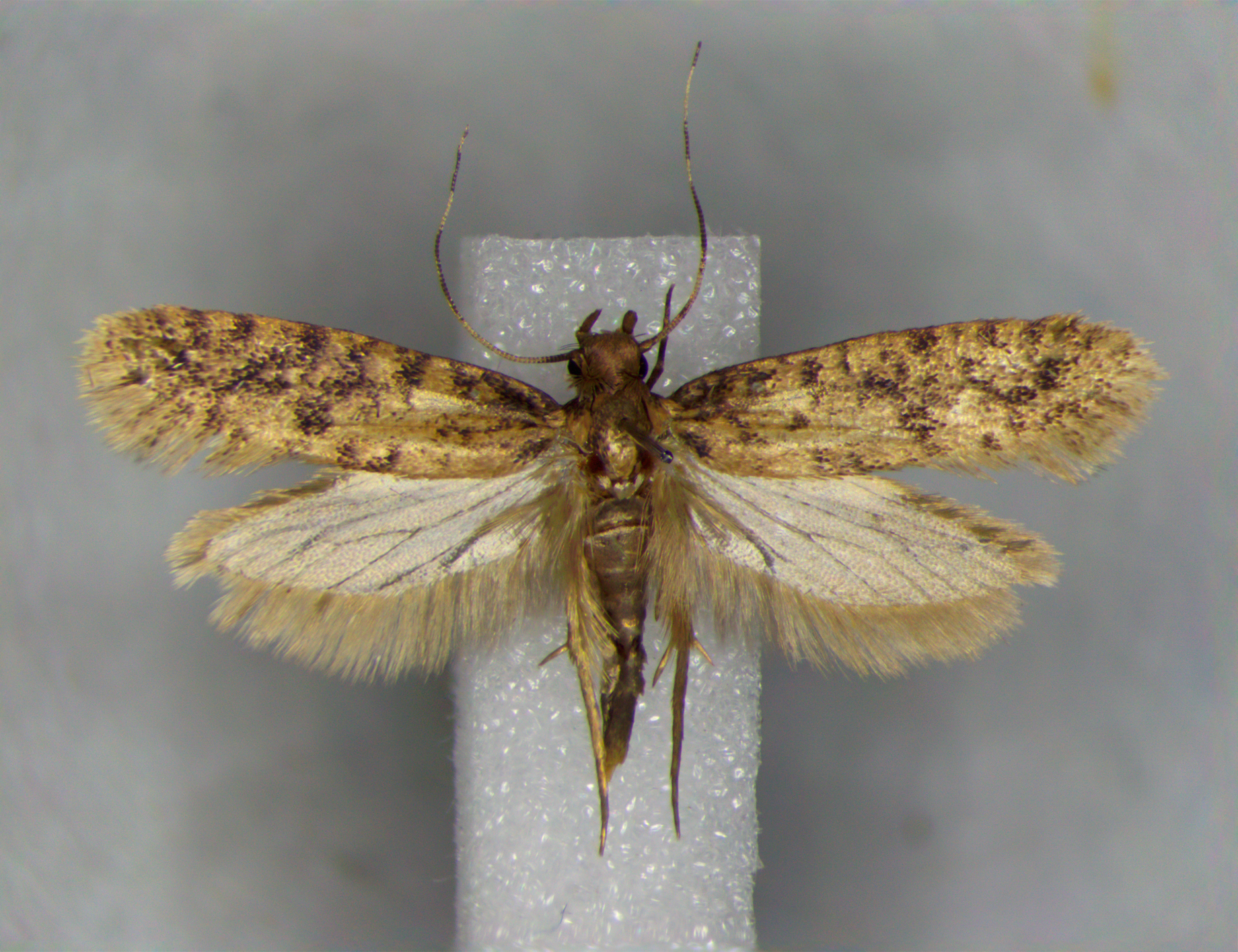Map Snapshot



4 Records
Seasonality Snapshot
Source: Wikipedia
| Tropical tobacco moth | |
|---|---|
| Scientific classification | |
| Domain: | Eukaryota |
| Kingdom: | Animalia |
| Phylum: | Arthropoda |
| Class: | Insecta |
| Order: | Lepidoptera |
| Family: | Tineidae |
| Genus: | Setomorpha Zeller, 1852 |
| Species: | S. rutella
|
| Binomial name | |
| Setomorpha rutella Zeller, 1852
| |
| Synonyms | |
|
List
| |
Setomorpha is a monotypic moth genus in the family Tineidae described by Philipp Christoph Zeller in 1852. Its only species, Setomorpha rutella, the tropical tobacco moth, was described by the same author in the same year.[1] It is a widely spread species that has been distributed by commerce over much of the warmer parts of Africa, Eurasia, Malaysia, Australia, many Pacific islands and North and South America.
The wingspan is 9–22 mm. Adults are brown and speckled with dark brown or black.
The larvae feed on dried goods, cereals, grain, rice, nuts, seeds and other dry vegetable matter. It is a pest of dried tobacco leaves in some regions and it has been reported as a pest of dried insect specimens. Full-grown larvae are about 17 mm long, cylindrical, dirty white and skin transparent. The head is red brown.
The larva pupates in a closely woven and smooth cocoon within a loosely spun outer framework or outer cocoon, to which particles of food and excrement adhere.
References
[edit]- ^ Savela, Markku. "Setomorpha Zeller, 1852". Lepidoptera and Some Other Life Forms. Retrieved July 21, 2018.
External links
[edit]- Zimmerman, Elwood C. (1978). Insects of Hawaii. Vol. 9 Microlepidoptera. The University Press of Hawaii, Honolulu. hdl:10125/7338.
- "300037.00 – 0428 – Setomorpha rutella – Tropical Tobacco Moth – Zeller, 1852". North American Moth Photographers Group. Mississippi State University. Retrieved July 21, 2018.

